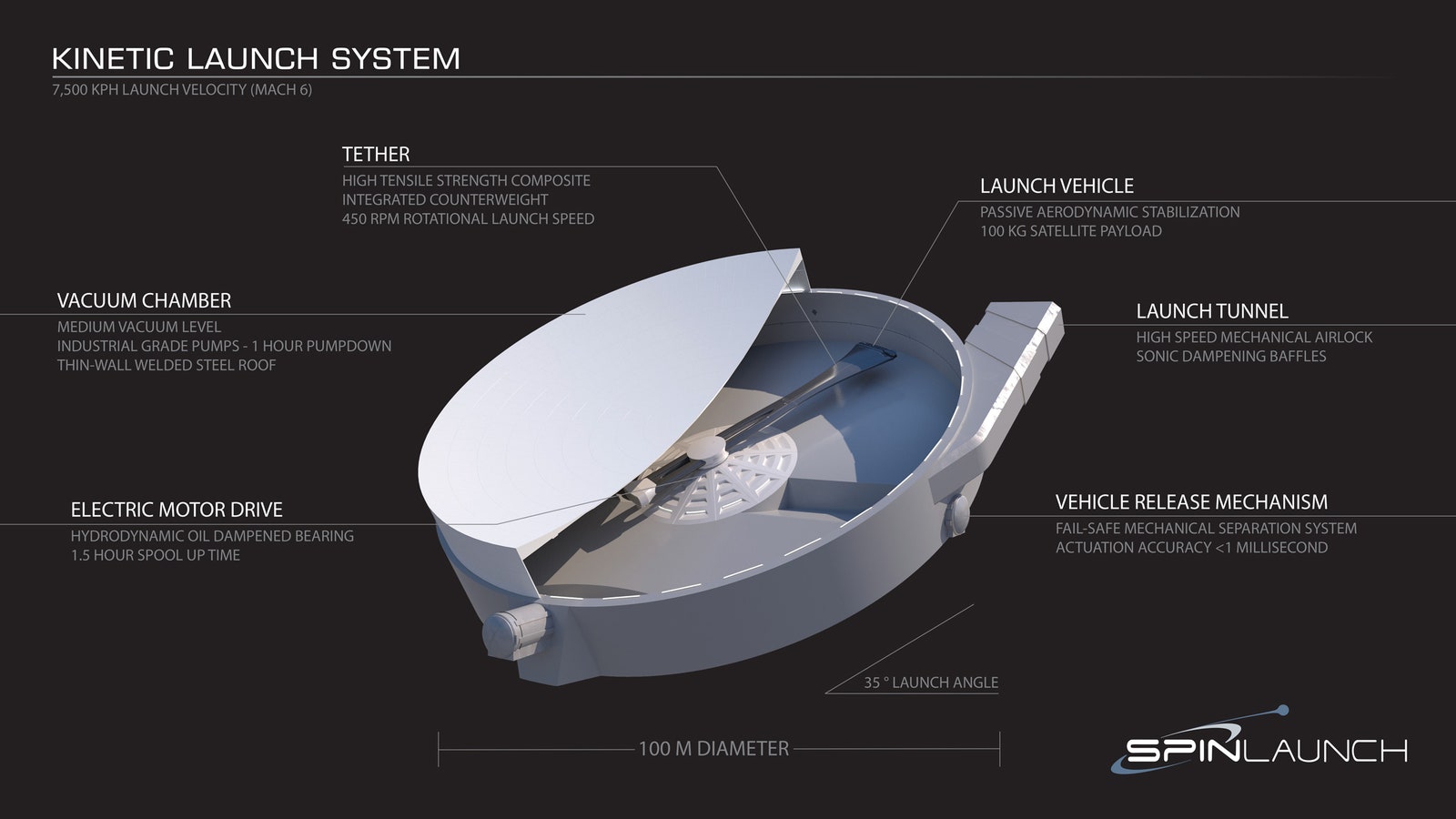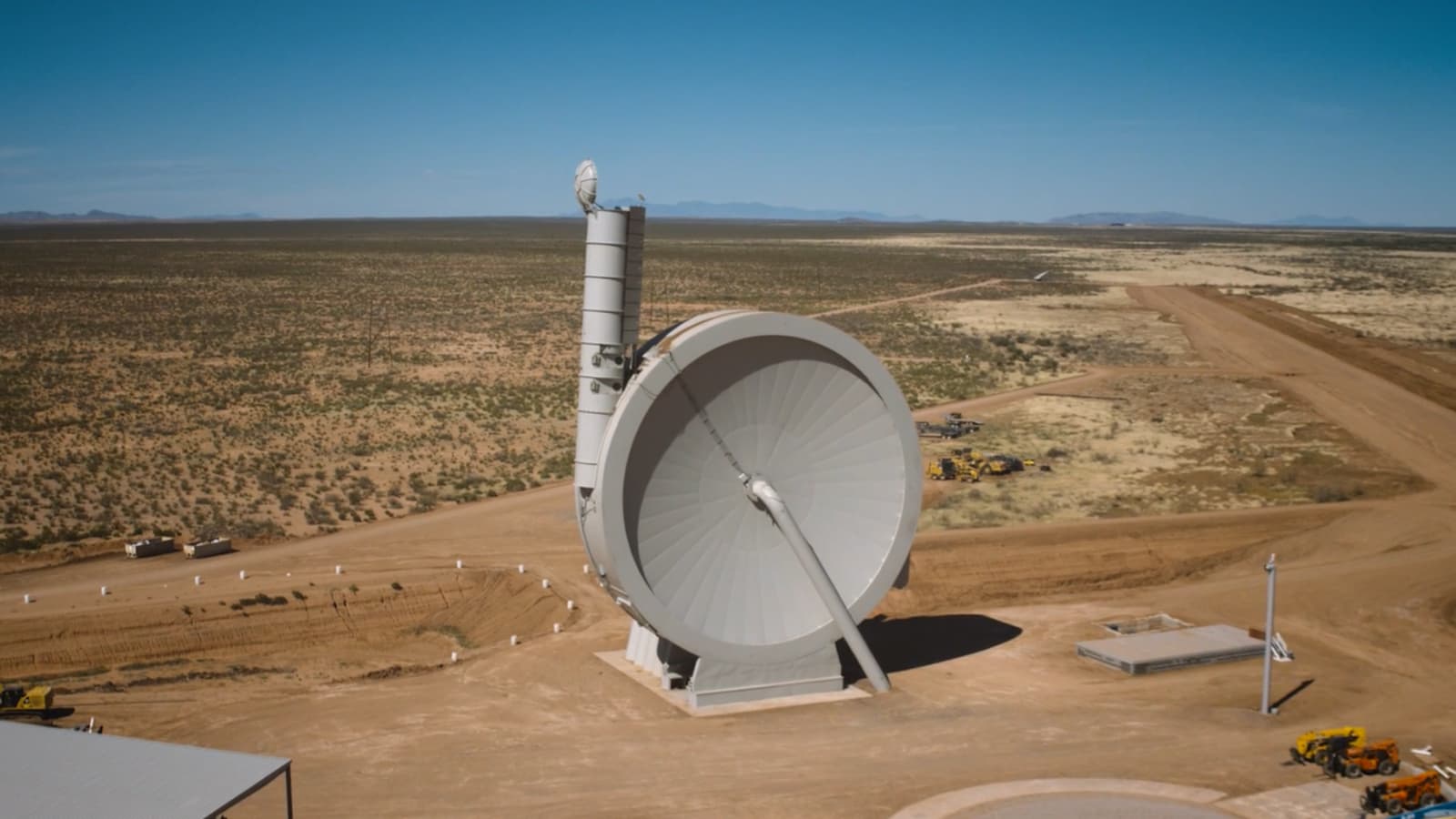Space technology has come a long way since Sputnik 1, the first artificial satellite, was launched into space in 1957. One thing that has remained the same, however, is the need of a rocket to launch a satellite into orbit. Well, not anymore.
A new startup called SpinLaunch is poised to be a major game-changer, having completed its first test flight using only kinetic energy. The Long Beach, California-based company uses an arm to spin a rocket in a vacuum-sealed centrifuge at incredible force before flinging it into the sky at more than the speed of sound. Once the rocket is in the air, it can then kick on jet propulsion to push it into space.
It looks like something cooked up by Wile E. Coyote from the old roadrunner cartoons, but basically, it’s like the world’s greatest slingshot.

“It’s a radically different way to accelerate projectiles and launch vehicles to hypersonic speeds using a ground-based system,” SpinLaunch CEO Jonathan Yaney told CNBC. “This is about building a company and a space launch system that is going to enter into the commercial markets with a very high cadence and launch at the lowest cost in the industry.”
The company, which has been conducting its tests in the New Mexico desert, has only been around since 2014, but has so far raised more than $110 million to develop the radical launch system. The idea was to develop a way of launching rockets that would reduce the amount of fuel needed. Traditional rocket launches use a large booster with several engines to get the rocket off the ground which can cost around $500,000 per launch.
So how’s this thing work anyway?
Looking at the SpinLaunch accelerator, you might think it’s some sort of strange grain silo, rather than a new innovation in space flight. At full scale, it stands at over 300 feet in height — taller than the Statue of Liberty.
The SpinLauncher has a vacuum chamber with a rotating arm that accelerates whatever projectile it has to a high rate of speed before releasing it for launch in the blink of an eye. The projectile then shoots out the top of the launch tube and it”goes as fast as the orbital system needs, which is many thousands of miles an hour,” Yaney said. That first test flight only utilized 20% of the accelerator’s power capacity yet it reached an altitude in the “tens of thousands of feet.”
The initial test flight didn’t include a rocket engine, but this is something the startup company plans to include in future test flights. Yaney is hopeful that it will eventually have a “dramatic” impact in reducing the size, cost, and complexity of launching rockets and satellites. It’s scheduled to conduct around 30 more suborbital flights over the next six months.
As for the possibility of the SpinLauncher one day launching rockets that carry humans? Well, that’s likely not a possibility as the centrifugal force of 2,237 mph would be too much for people to handle.
Photos via SpinLaunch

